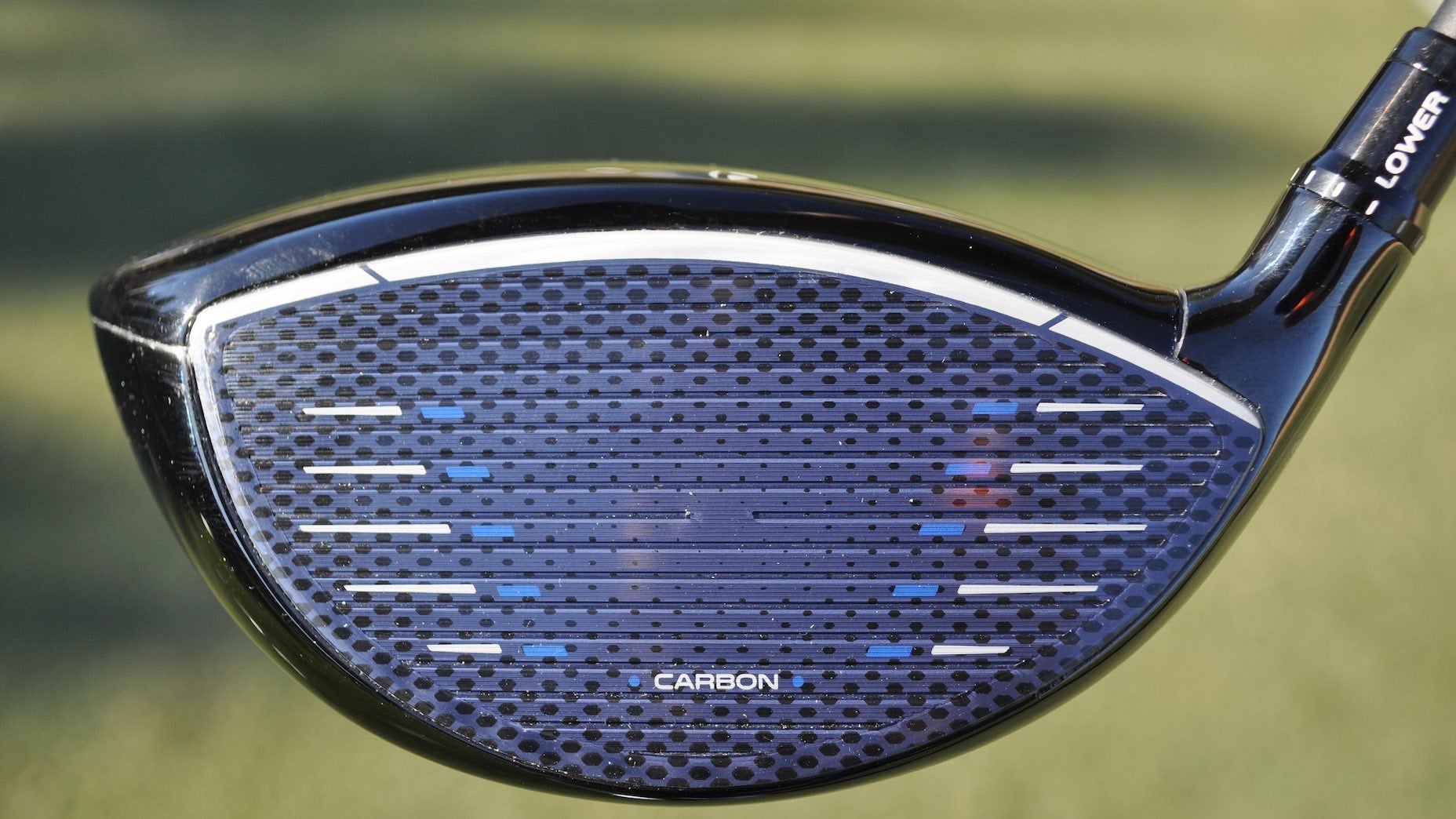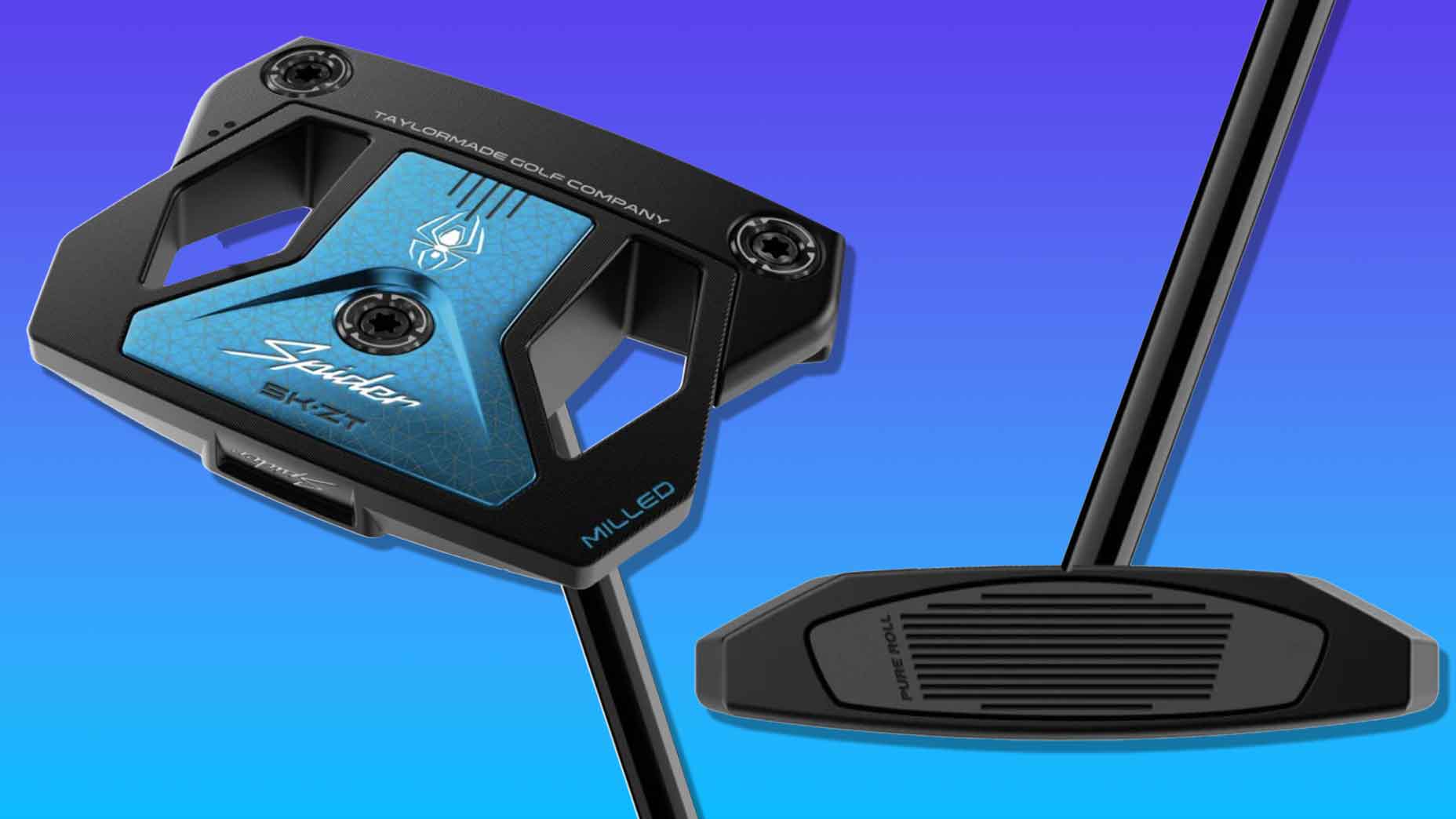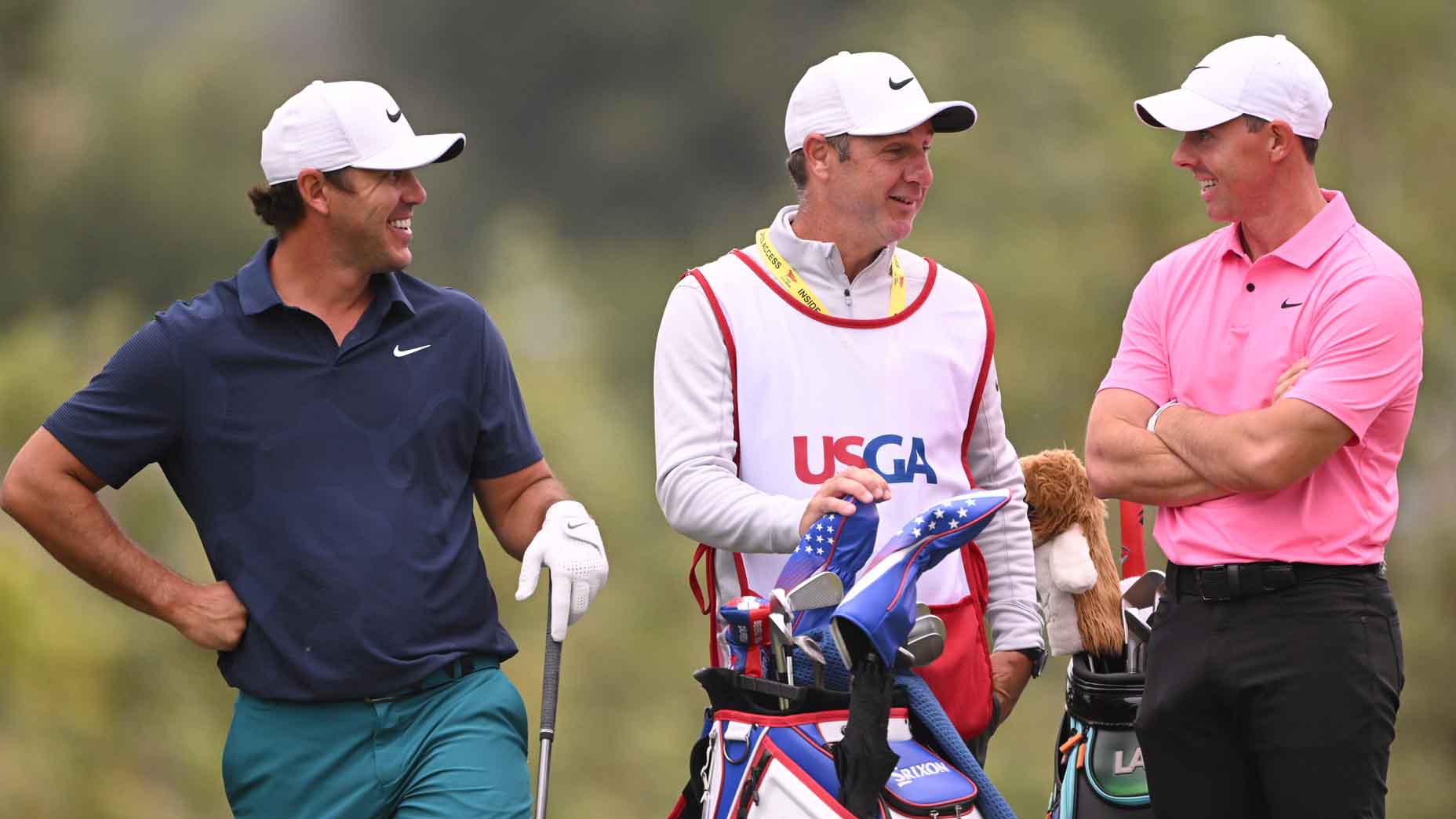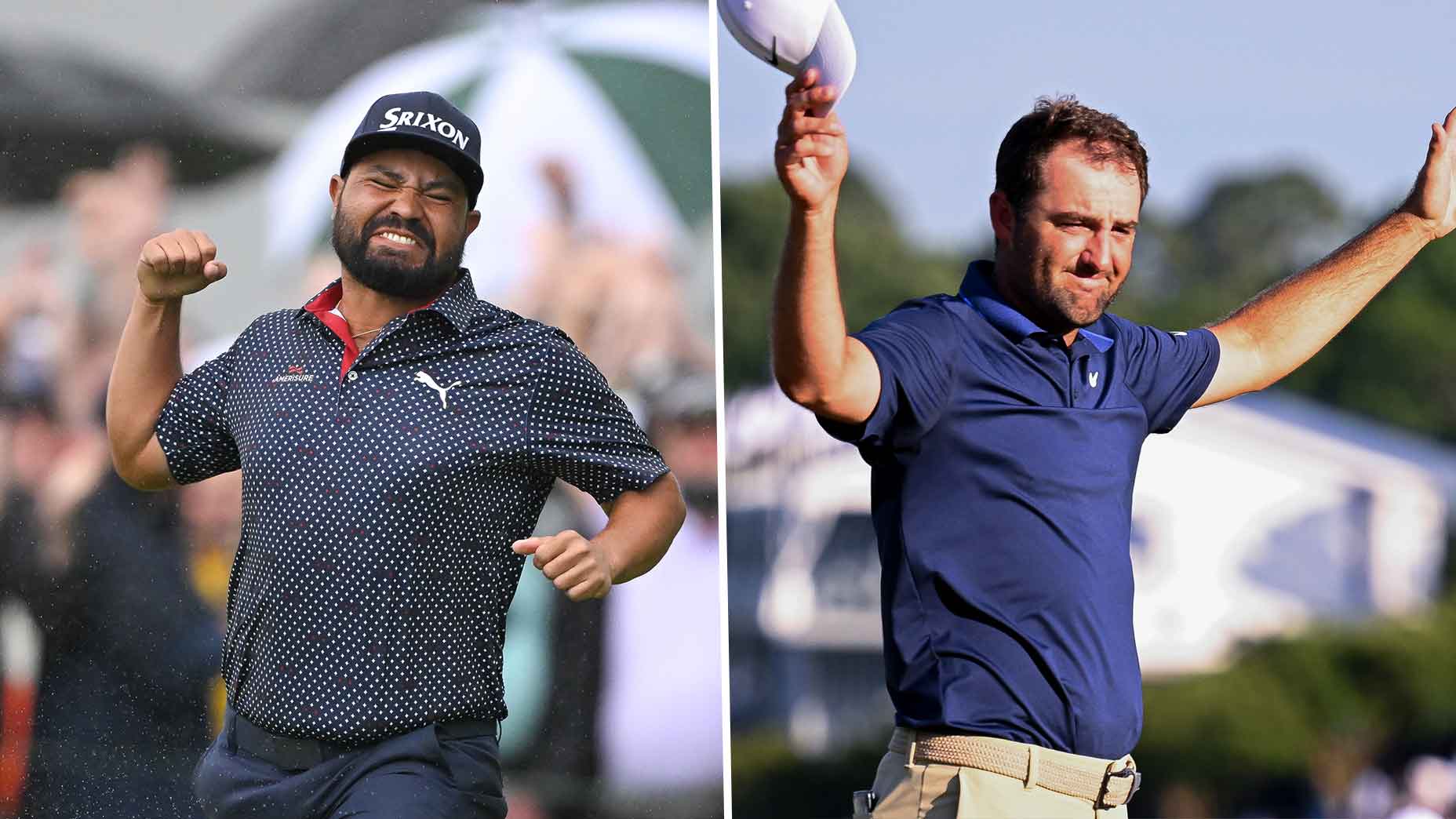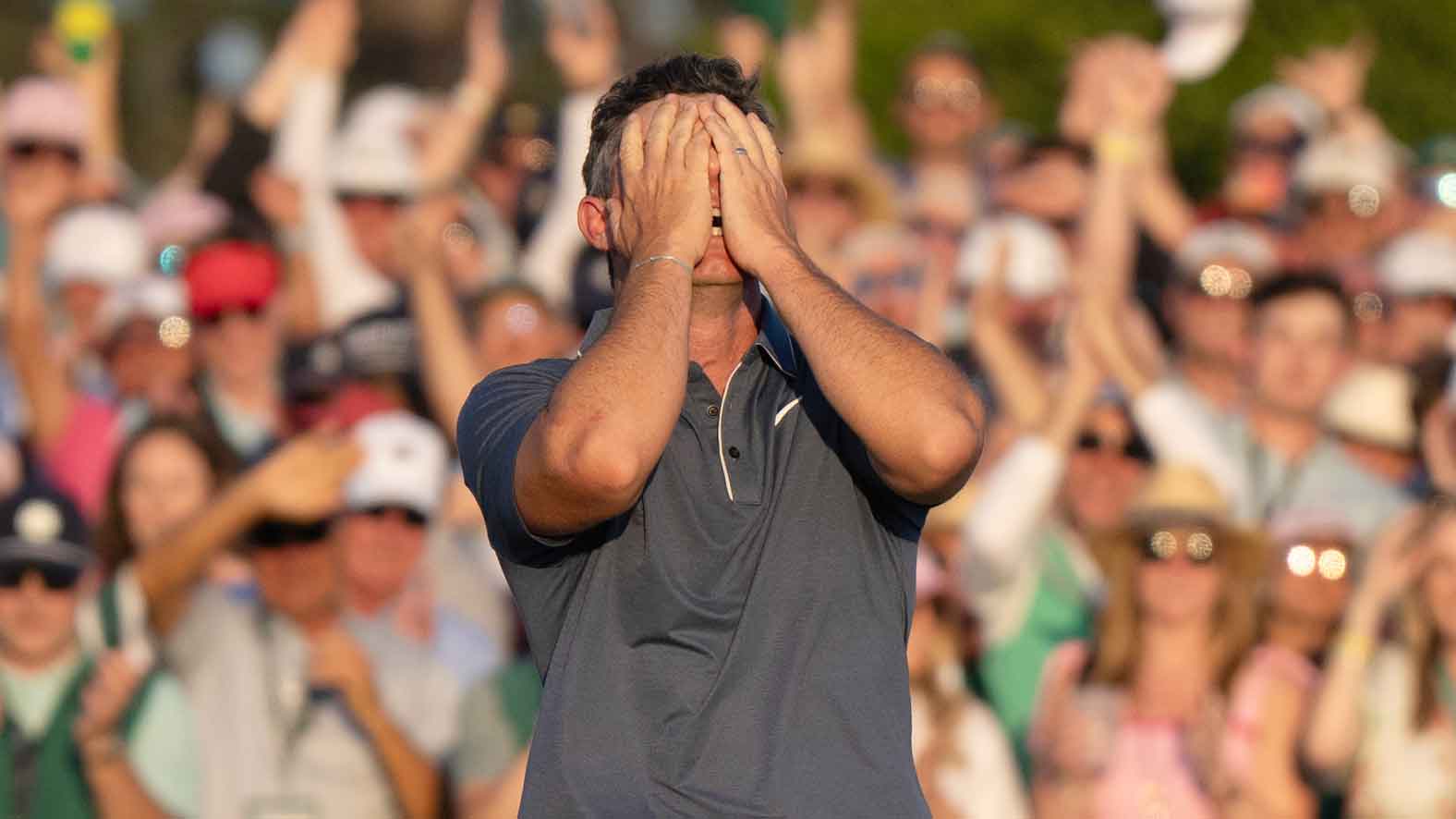It all started with a story on Scottie Scheffler’s driver. That’s how things usually go these days. Highlight the equipment used by the best player in the world and you’re bound to find an interesting gear angle or two.
In this case, I happened to find four while sifting through Scheffler’s stats. Four players, to be exact.
Scheffler’s driver change has been well documented on GOLF.com, but it’s always important to revisit the numbers during a potentially historic season to see where the real improvements lie. At the midway point of the year, I decided to go back and take a closer look at Scheffler’s driving stats to pinpoint the areas of growth.
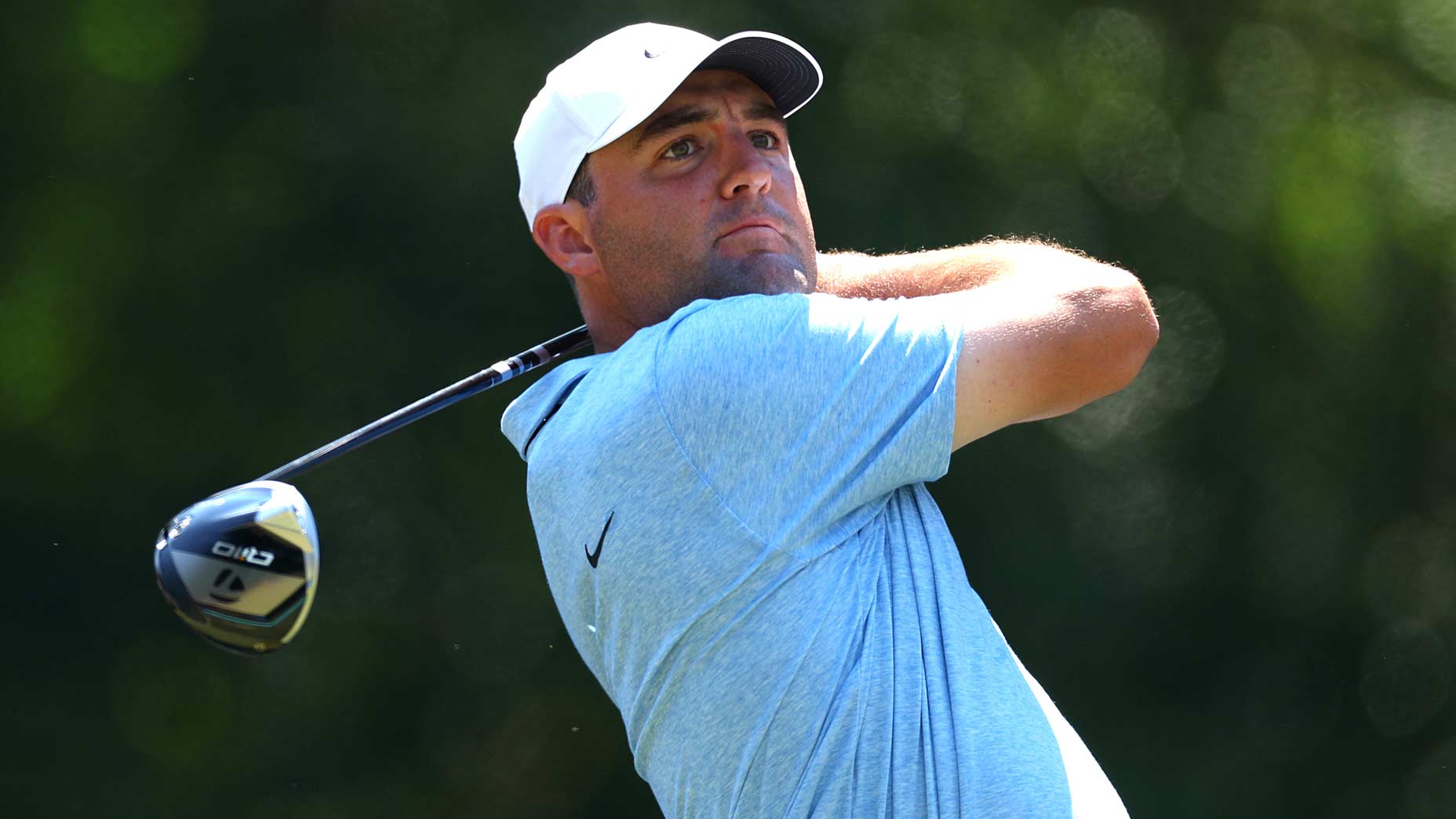
Considering Scheffler led the Tour in Strokes Gained: Off-the-tee during the 2022-23 campaign, I figured there wouldn’t be much in the way of noticeable improvements. It’s difficult to go beyond the apex when you’re already leading the way in a statistical category. That was until I happened upon Scheffler’s driving accuracy percentage.
In a sport where the “bomb and gouge” playbook is encouraged to gain an edge, finding the short grass with regularity has become a lost art. Getting the ball closer to the green is the priority. Finding the fairway is for those who can’t mash it into oblivion.
What makes Scheffler such a rare breed is his ability to do both. Last season, Scheffler averaged 310.3 yards and hit the fairway at a 62 percent clip. Outside of Ludvig Åberg, who boasted similar driving distance (317.1 yards) and accuracy (65 percent) numbers to Scheffler, few came close to replicating the rare combination of prodigious distance and pinpoint accuracy.
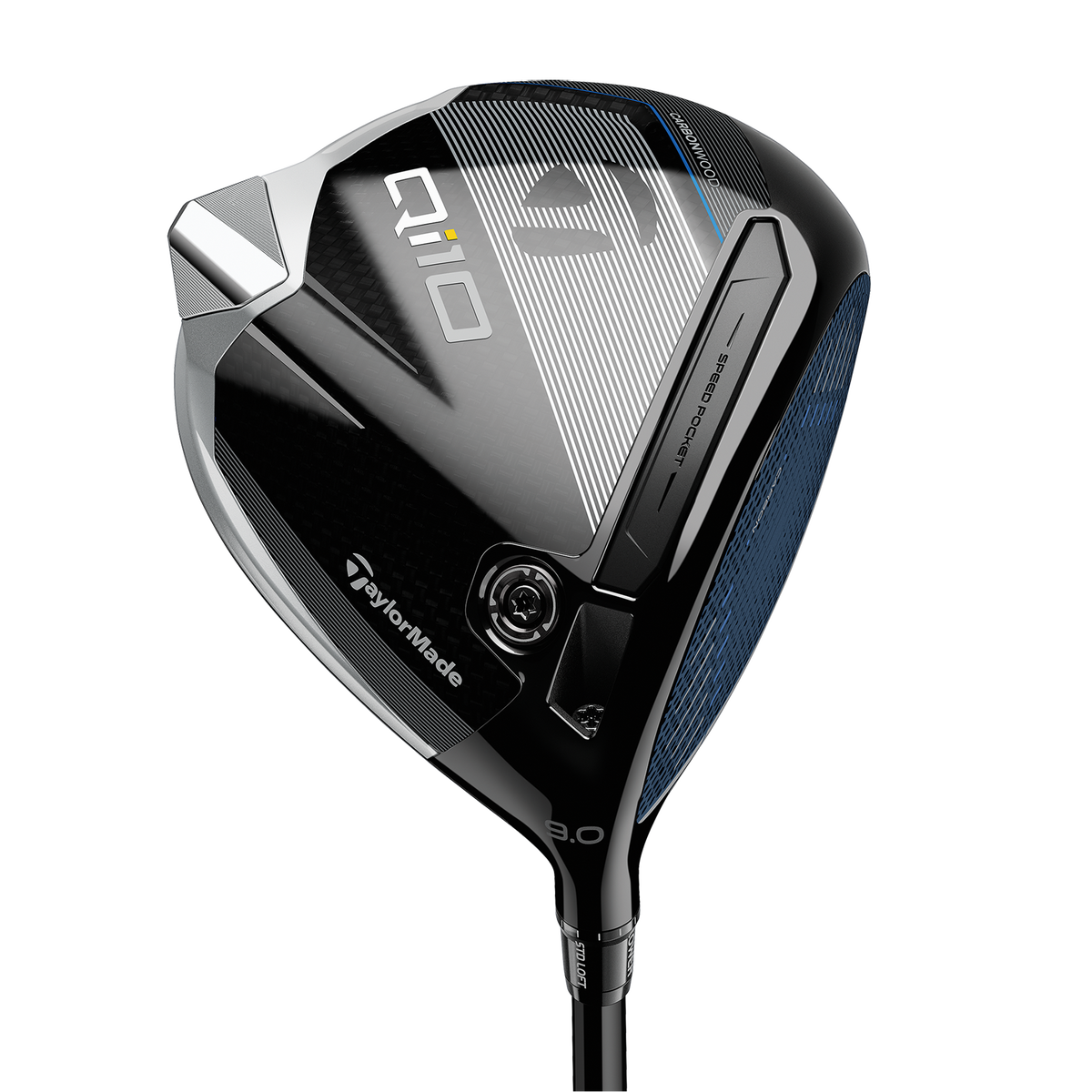
TaylorMade Qi10 Custom Driver
View Product
“He had probably the best driver he’s ever had in his life [last season], which is saying something considering how well he’s driven it in recent years,” TaylorMade Tour rep Adrian Rietveld told GOLF.com. “You’ve got a player who’s leading accuracy stats and in the top 5 percent in distance. And you’ve got to play against that combination each week. It’s terrifying the energy you’d need to keep up with Scottie [off the tee].”
Adding to the list of things that make Scheffler terrifying to his peers is the realization that he became even more accurate in the last six months. While perusing the 28-year-old’s stats, I realized Scheffler had gone from hitting 62.09 percent of his fairways to 71.99 percent. Improving nearly 10 percent in any category is going to make you stand up and take notice.
Scheffler’s driving distance took a slight dip (303 yards), but he’s turned out to be even more lethal when he spends more time in the fairway. What a revelation! Tightening overall dispersion — combined with his ability to make more putts — has turned him into a glorified Iron Byron. (The swing robot, not the Texas legend.)
Curious if other TaylorMade staffers had seen similar improvements in accuracy since switching to the Qi10 driver line, I dug into the numbers for Rory McIlroy, Tommy Fleetwood and Collin Morikawa to see how they stacked up. If one player is a potential aberration, four is the beginning of a Tour trend.
Not only did the three pros mentioned above see improvements in accuracy since switching to Qi10, but they all improved by 10 percent or more in the accuracy department. McIlroy has been 15 percent better this season (53 percent in 2023 versus 68 percent in 2024) and Fleetwood has improved by 14 percent during the same period. All four currently find themselves inside the top 25 in driving accuracy. (It’s also worth pointing out that Morikawa and Fleetwood use Qi10 LS, while Scheffler and McIlroy use Qi10, so this isn’t one particular model overshadowing the others.)
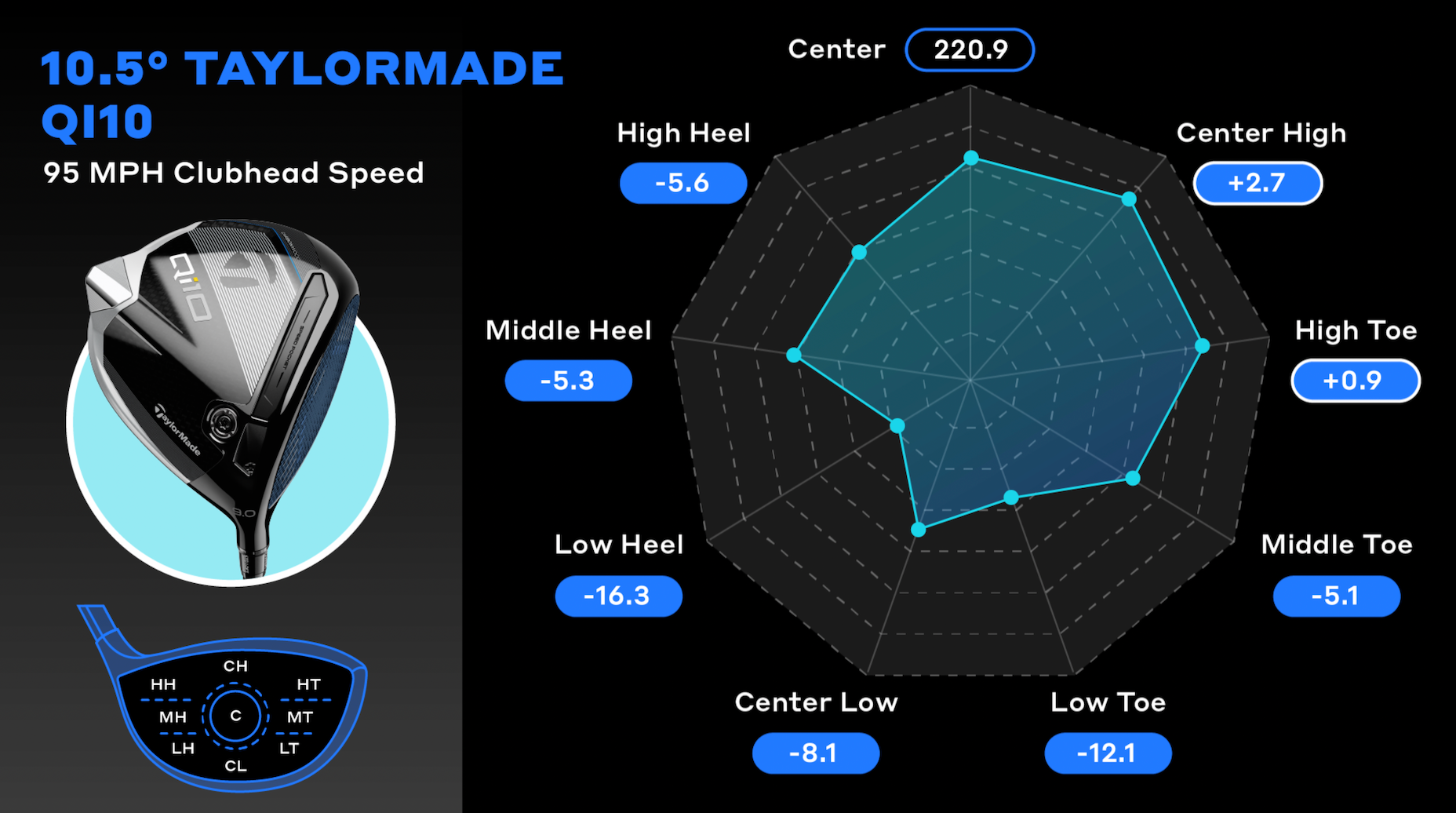
Even more impressive? Morikawa leads in accuracy while McIlroy still tops the charts in driving distance. Similar to Scheffler, there hasn’t been a drop-off in other areas with a tighter dispersion.
As far as the “why” behind the improved dispersion, look no further than GOLF’s data insights from Qi10 robotic testing. The 9-point test revealed Qi10 was noticeably better than Stealth 2 in several areas, most notably when minimizing toe misses.
After seeing high-toe misses lose an average of 3.4 yards (across all three models at 10.5 degrees) with Stealth, the number doubled last year to 6.8 yards with Stealth 2. Losing almost 7 yards on a high-toe strike isn’t reason for concern, but no manufacturer wants to go backward.
Not only did TaylorMade engineers fix the recent high-toe slide, they also produced a Qi10 driver lineup that negates one of the most common misses. Looking strictly at 10.5-degree Qi10 heads — 2024 represents the first year GOLF has tested all lofts — high-toe misses gained distance, to the tune of 2.2 yards.
It’s a staggering number that highlights the significant improvements made to the carbon twist face construction.
Along with providing impressive ball speed protection on high-toe misses, the 12-degree Qi10, Qi10 Max and 10.5-degree Qi10 saw distance decrease by 6 yards or less across all 9 points on the face at 95 mph. Pros are swinging it significantly faster than the average swing speed used for our testing, but it’s safe to assume they’re seeing improved ball speed numbers across the entire face, leading to distances more closely resembling what they might see on a center strike.
It’s a lethal driver combination that’s making some of the best players in the world even better.
Want to overhaul your bag for 2023? Find a fitting location near you at True Spec Golf.
